It’s not the coolest or most exciting gardening skill, but knowing how to pick the right fertilizer for your garden is essential and can make a world of difference to the health and beauty of your plants.
If you’ve ever picked up a bag of fertilizer, you’ve seen the numbers on the package. Sometimes they’re all the same but more often they’re not. Sometimes there are zeros or decimal points and you know they all relate to NPK, but what exactly do they mean?
What is NPK, and how do you know which ratio works best for your plants? Let’s get into it.
Disclosure: If you shop from my article or make a purchase through one of my links, I may receive commissions on some of the products I recommend.
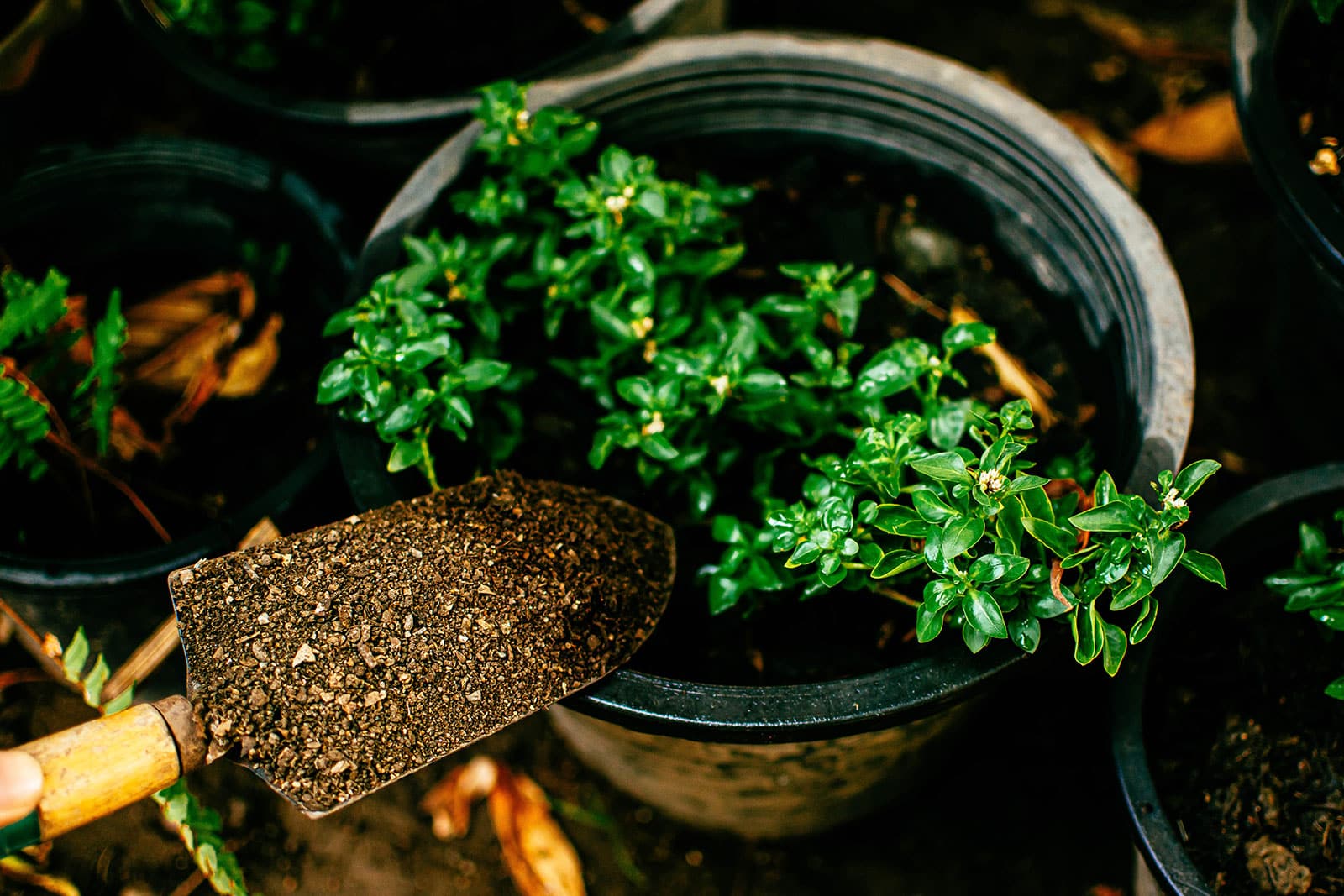
Breaking it down: what do the numbers on fertilizer mean?
NPK stands for nitrogen, phosphorus, and potassium: the three primary macronutrients that plants need to grow strong and healthy. These three nutrients are found in most fertilizers and are important for different stages of plant growth.
On a fertilizer package, you’ll see NPK represented by three numbers, such as 10-5-5. These numbers represent the amount of each nutrient by weight, expressed as a percentage of the fertilizer.
For example, a 10-5-5 fertilizer means you’re getting 10 percent nitrogen (N), 5 percent phosphorus (P), and 5 percent potassium (K).
So, a 10-pound bag contains 1 pound nitrogen, 1/2 pound phosphorus, and 1/2 pound potassium. The remaining weight is composed of secondary macronutrients, micronutrients, and fillers, which give the fertilizer bulk and make it easier to spread.
Nitrogen
Nitrogen is a key component of photosynthesis and helps with leaf and stem growth, giving plants that nice, deep green color.
Your plants might need a boost of nitrogen if the leaves have a yellowish appearance all over or if growth seems slow.
Phosphorus
Phosphorus is all about root development and the production of flowers and fruits.
If the leaves on your plants have a bluish tinge, you’re not getting as many flowers as usual, or the fruits seem stunted, that’s a hint they might need more phosphorus.
Potassium
Potassium is like the all-around MVP of nutrients. It helps regulate water balance, strengthens the plant’s immune system, boosts resistance to diseases and pests, and improves the quality of fruits and vegetables.
Curling leaf tips, yellowing veins, or brown or purple spots on leaves might indicate potassium deficiency.
When figuring out what type of fertilizer to get, remember that different plants have different needs, so it’s important to choose the right NPK ratio for what you’re growing.
Soil testing: Before we go any further, I want to stress that it’s always a good idea to start with a soil test. Knowing what’s in your soil is key to choosing the right fertilizer. You want to give the soil what it lacks, not what you think it needs.
For the most accurate and useful soil test, contact your County Extension Office. They’ll provide a soil test from a professional lab, explain the results, and offer recommendations for correcting any deficiencies. Extensions are a goldmine of information when it comes to understanding what your local soil looks like.
I don’t recommend the DIY soil testing kits sold online, since some of these companies are known to provide vague results, or fail to send back test results altogether. Always go with a reputable lab!
Tips for choosing the right fertilizer
Choosing the best fertilizer for your plants can be a bit tricky, but with a little bit of knowledge and some simple guidelines, you’ll be able to give your plants the nutrients they need to grow healthy and strong.
Here are a few things to keep in mind:
- Know your plants: Consider the types of plants you’re growing and what their specific needs are. For example, tomatoes need more nitrogen than roses do.
- Check the NPK ratio: The NPK ratio on a fertilizer label tells you the percentage of nitrogen, phosphorus, and potassium in the mix. As I discussed earlier, different plants have different needs, so choose a fertilizer with an NPK ratio that benefits your plants.
- Look for slow-release fertilizers: Slow-release fertilizers release their nutrients gradually over time, which is generally better for your plants than a quick hit of nutrients. They also reduce the risk of over-fertilization, which can damage your plants.
- Be mindful of the pH level: Different fertilizers have different pH levels, and it’s important to choose a fertilizer that’s suitable for your soil. If you’re unsure of your soil’s pH level, you can check it with a pH testing kit or refer to the results of your soil test.
- Check for additional micronutrients: Some fertilizers also contain micronutrients such as iron, manganese, zinc, and copper which are essential for plant growth. It’s a good idea to check for them if you’re looking for a complete fertilizer.

The best NPK for vegetables
A balanced fertilizer with an NPK ratio of 10-10-10 or 5-10-5 is a safe bet for most vegetables. Keep in mind that different vegetables have different needs, and their growth stage also plays a role.
For example, tomatoes love a bit more potassium and phosphorus, so a ratio of 6-12-12 is perfect for them.
Cucumbers and peppers, on the other hand, are pretty well-rounded and like a ratio of 5-10-10.
Lettuce is a bit more low-key and only needs a ratio of 5-5-5.
Carrots, however, need more potassium and phosphorus for root development, so a ratio of 3-10-10 is ideal for them.
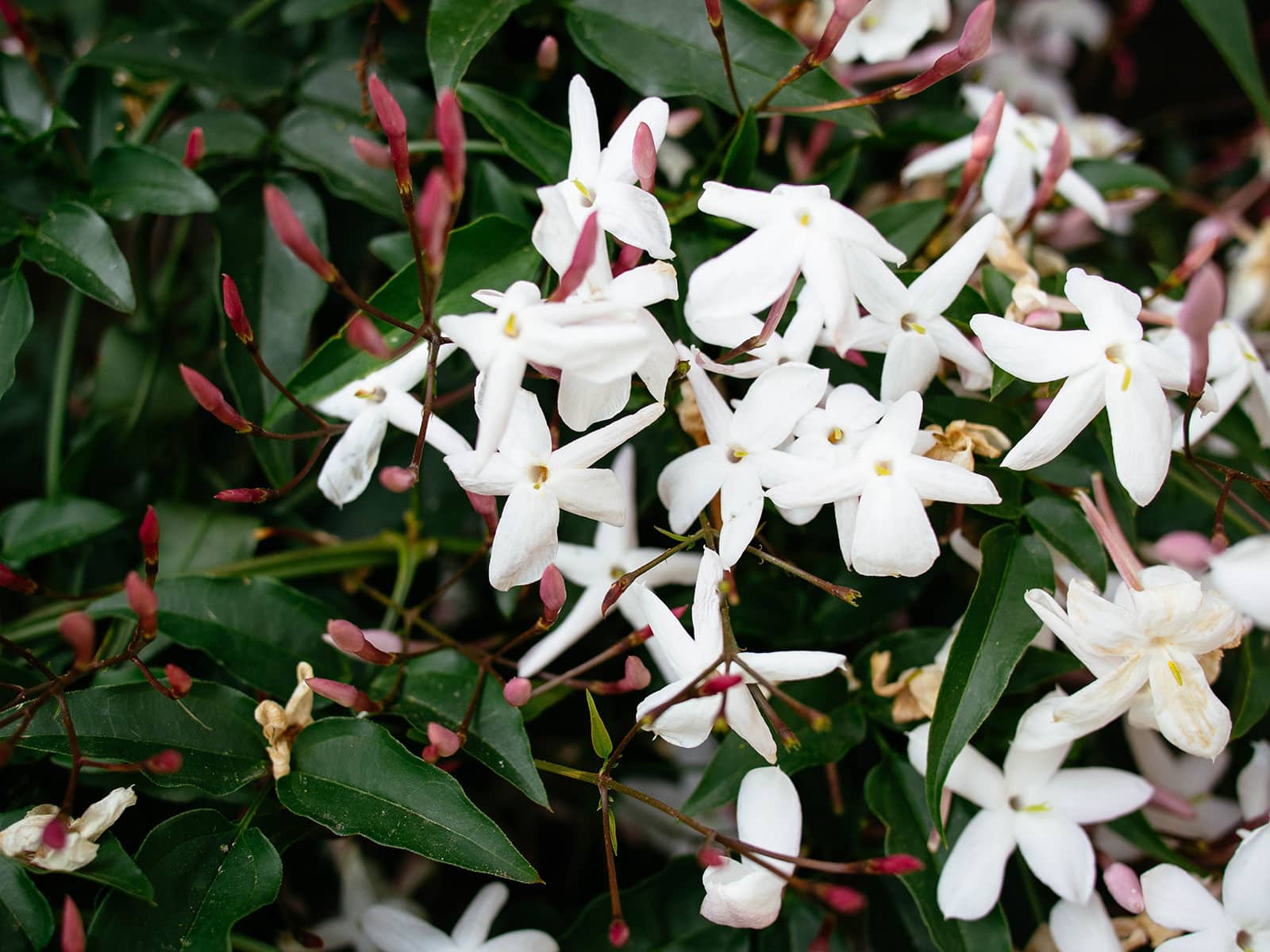
The best NPK for flowering plants
The best NPK ratio for growing flowers will vary depending on the specific flower you’re growing and its growth stage. But in general, a balanced fertilizer with an NPK ratio of 10-10-10 or 20-20-20 works well for most flowers.
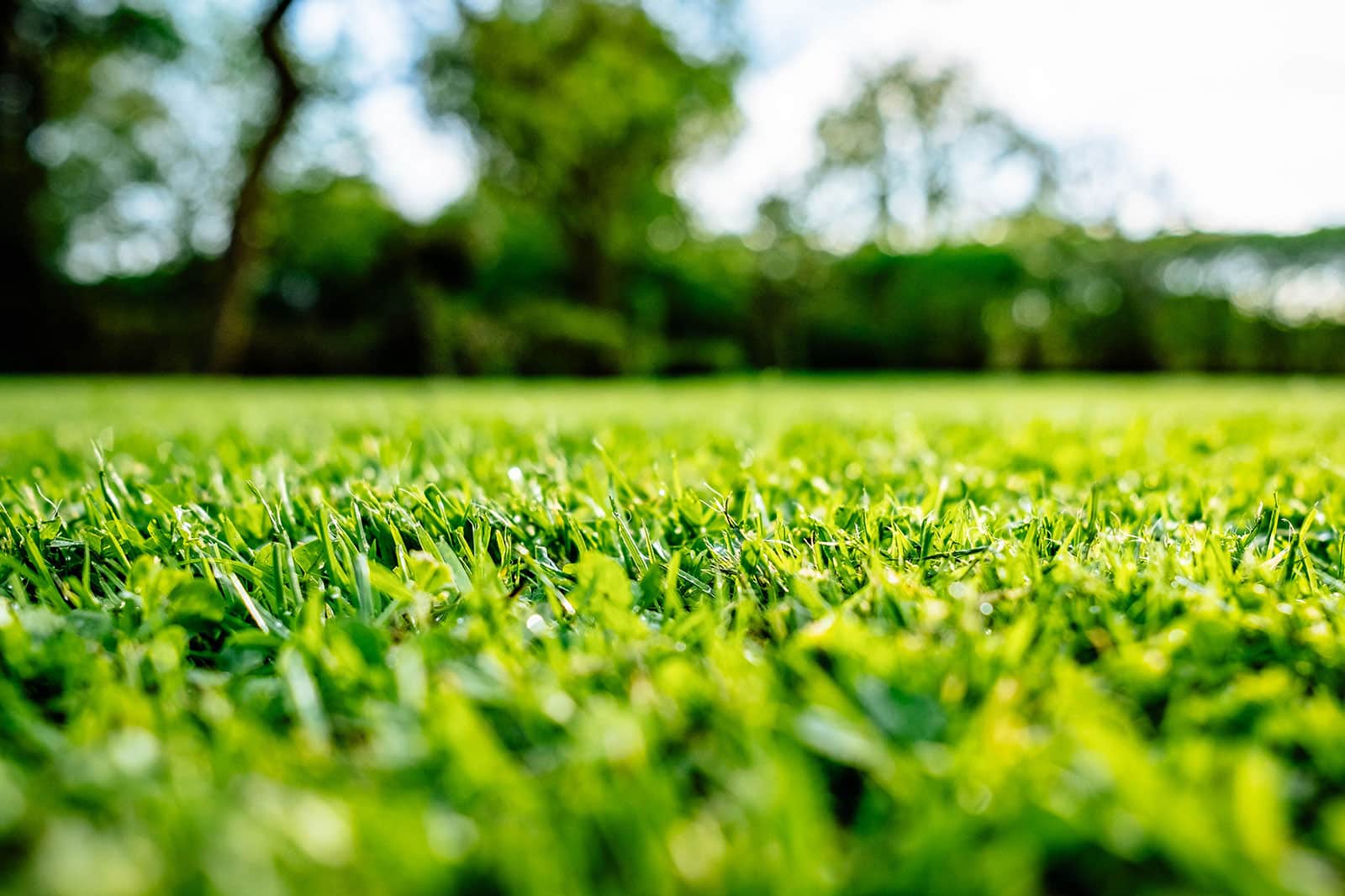
The best NPK for lawns
Because lawns are all about lush green growth, they need a lot of nitrogen so it’s best to use a fertilizer with a higher first number in the formulation. A fertilizer with an NPK ratio of 3-1-2 or 4-1-2 is great for most lawns.
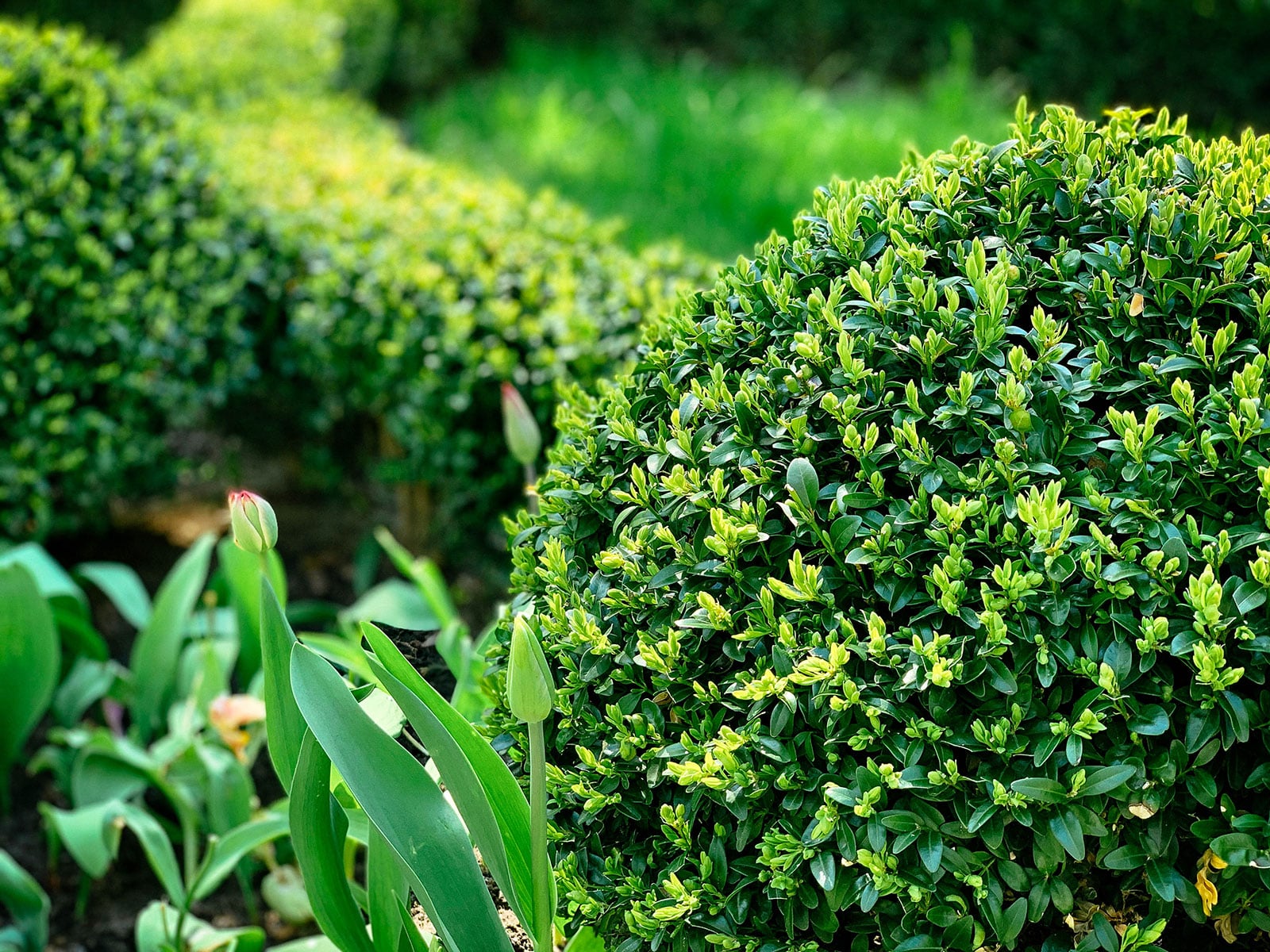
The best NPK for trees and shrubs
A fertilizer with an NPK ratio of 2-1-1 or 3-1-1 works for most trees and shrubs.
The “3″ in the ratio represents the amount of nitrogen, which promotes leaf growth, and the “1” represents the amount of phosphorus and potassium which are essential for root development and overall health.
In general, deciduous trees and shrubs need more fertilizer than evergreens, but giving all of your woody plants a fertilizer with this general ratio will ensure they’re getting everything they need to be healthy.

The best NPK for houseplants
A balanced fertilizer with an NPK ratio of 15-30-15 or 20-20-20 is great for most houseplants.
Foliage plants like Alocasias and Aglaonemas need more nitrogen, while flowering plants like Cyclamen and African violets need more phosphorus.
By understanding the specific needs of the plants you’re growing and choosing the right NPK ratio, you’ll be giving your plants the best chance of thriving.
Don’t be afraid to experiment and see what works best for your plants. If the choices are too overwhelming, stick with the simplest solution: pick a fertilizer that’s optimally blended for specific types of plants.
Recommended organic fertilizers:
- Down to Earth Organic Vegetable Garden Fertilizer (for vegetables)
- Dr. Earth Flower Girl Bud and Bloom Booster (for flowering plants)
- Espoma Organic Lawn Food (for lawns)
- E.B. Stone Organics Tree and Shrub Food (for trees and shrubs)
- Elm Dirt Plant Juice Organic Fertilizer (for houseplants)
Always remember to check the instructions on the fertilizer package if you’re unsure when to apply and how much to use. And if you’re feeling good and confident about your garden, you can try augmenting your fertilizer regimen with compost tea for an extra boost when your plants need it.
View the Web Story on what is NPK.


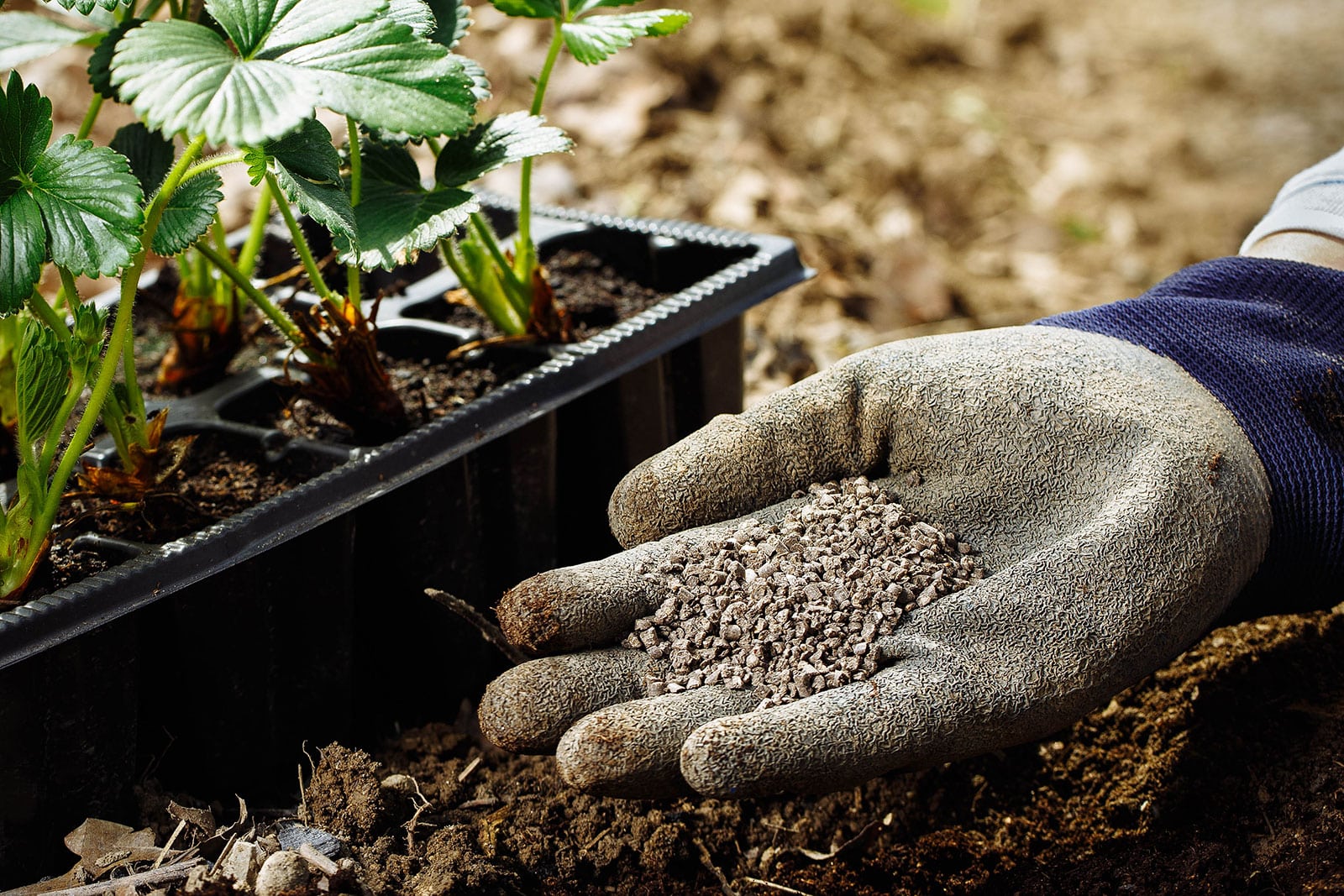













Hi
I have the above and understood
I am growing dragon fruits
But fruits are small
I need to get bigger fruits
Can u assist
Thanks